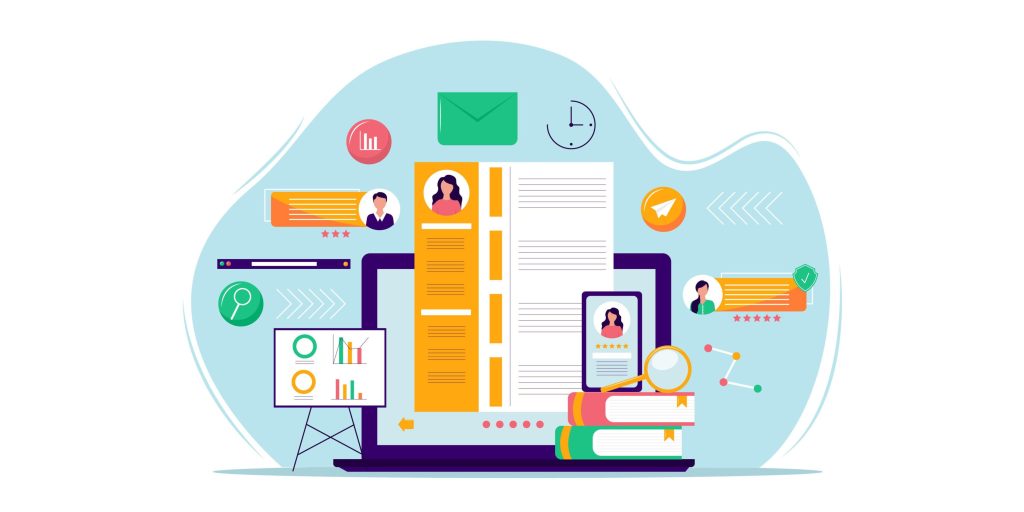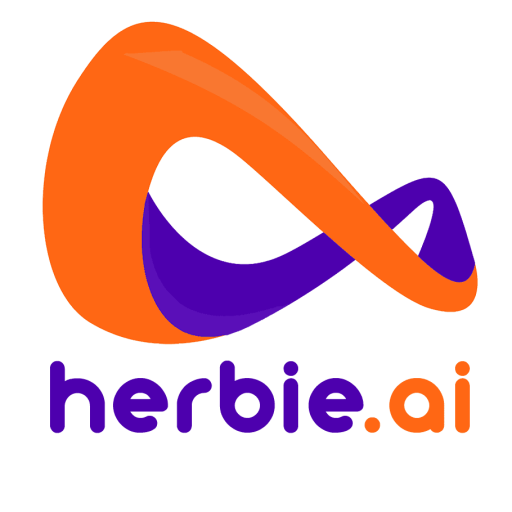 HR chatbots are software applications that can interact with employees through a conversational interface in a messaging platform, such as Slack or Teams. They can understand natural language inputs from employees and provide relevant information and actions from different HR applications, such as payroll, benefits, performance management, learning and development, etc.
HR chatbots are software applications that can interact with employees through a conversational interface in a messaging platform, such as Slack or Teams. They can understand natural language inputs from employees and provide relevant information and actions from different HR applications, such as payroll, benefits, performance management, learning and development, etc.
HR chatbots can also initiate conversations with employees based on predefined triggers or events, such as birthdays, anniversaries, surveys, etc. They can also use machine learning to learn from employee feedback and behavior and personalize their responses accordingly.
How do HR chatbots work?
HR chatbots work by integrating with various HR applications and data sources through APIs or webhooks. They use NLP to parse employee inputs and extract the intent and entities (such as dates, names, numbers, etc.). They then use AI to generate appropriate responses or actions based on predefined rules or algorithms. They can also use natural language generation (NLG) to create human-like responses that are clear and engaging.
HR chatbots can also leverage other technologies, such as sentiment analysis, speech recognition, image recognition, etc., to enhance their capabilities and user experience. For example, an HR chatbot can use sentiment analysis to detect the mood of an employee and adjust its tone accordingly. Or it can use speech recognition to enable voice-based interactions. Or it can use image recognition to verify employee identity or documents.
Benefits of using HR chatbots
Saving time and resources
HR chatbots can automate and streamline many routine and repetitive tasks that would otherwise require manual intervention from HR staff. For example, an HR chatbot can handle employee queries on policies, leaves, benefits, etc., without the need for human involvement. This can free up time for HR staff to focus on more strategic and value-added activities.
Improving accuracy and consistency
HR chatbots can provide accurate and consistent information and services to employees across different locations and channels. For example, an HR chatbot can ensure that all employees receive the same information on company policies or procedures. Or it can ensure that all employees follow the same steps for applying for leaves or reimbursements. This can reduce errors, confusion, and discrepancies in HR processes.
Enhancing employee satisfaction
HR chatbots can provide convenient and personalized support to employees at any time and place. For example, an HR chatbot can answer employee questions instantly and 24/7. Or it can provide tailored recommendations or suggestions based on employee preferences or needs. Or it can send timely reminders or notifications to employees on important events or deadlines. This can improve employee satisfaction and engagement.
Collecting and analyzing feedback and data
HR chatbots can collect and analyze feedback and data from employees to measure and improve HR processes and outcomes. For example, an HR chatbot can conduct surveys or polls to gather employee opinions or suggestions. Or it can track employee behavior or performance to identify trends or patterns. Or it can generate reports or dashboards to visualize key metrics or insights. This can help HR teams make data-driven decisions and optimize their strategies.
Conclusion
HR chatbots are powerful tools that can automate and streamline various HR processes and tasks using AI and NLP. They can help HR teams save time and resources, improve accuracy and consistency, enhance employee satisfaction, and collect
